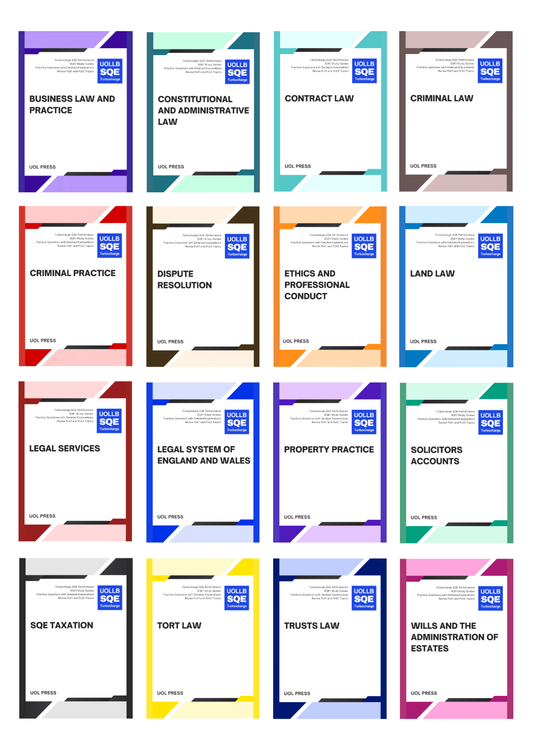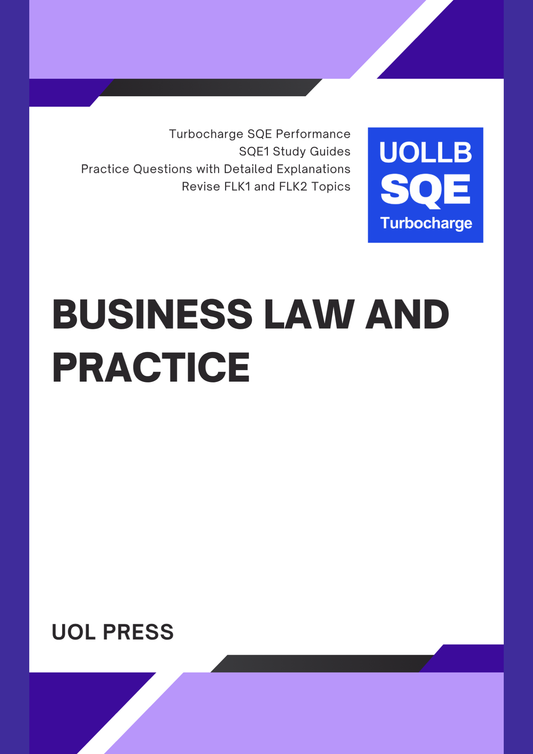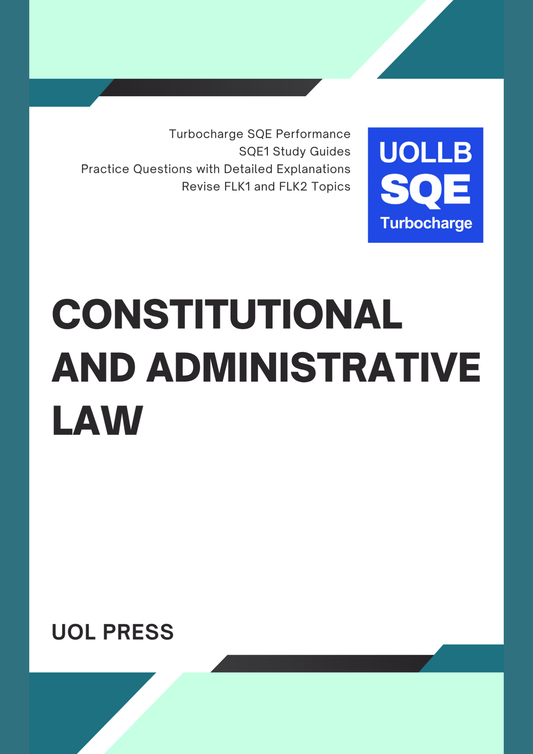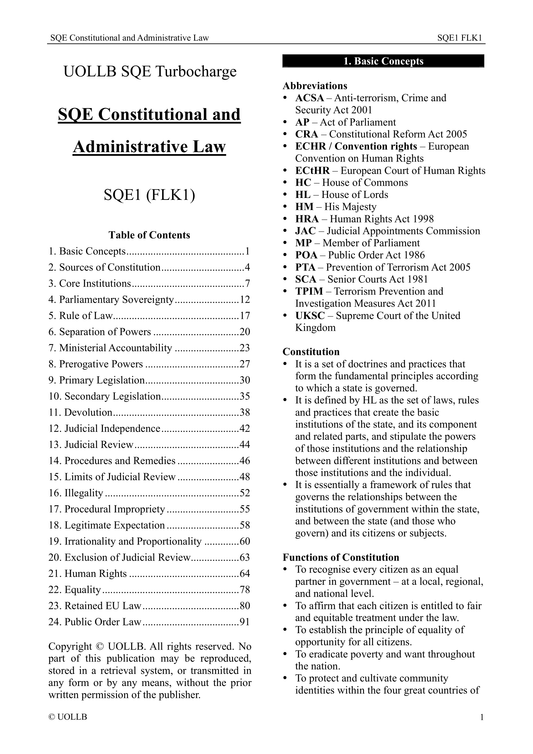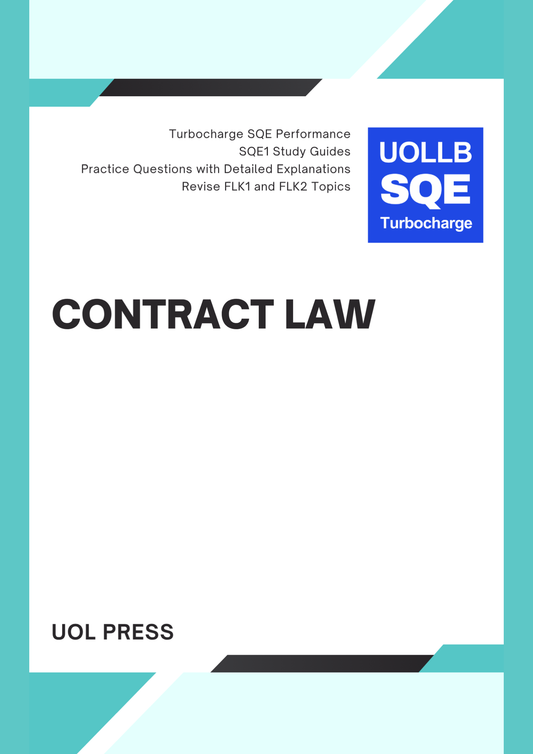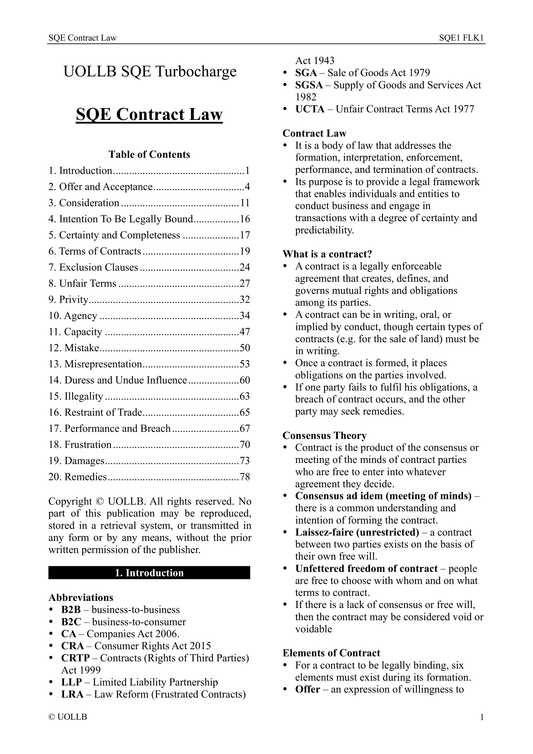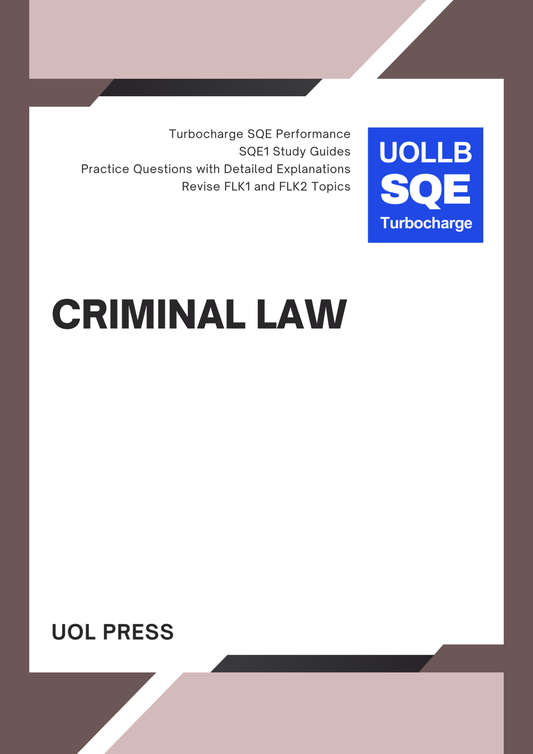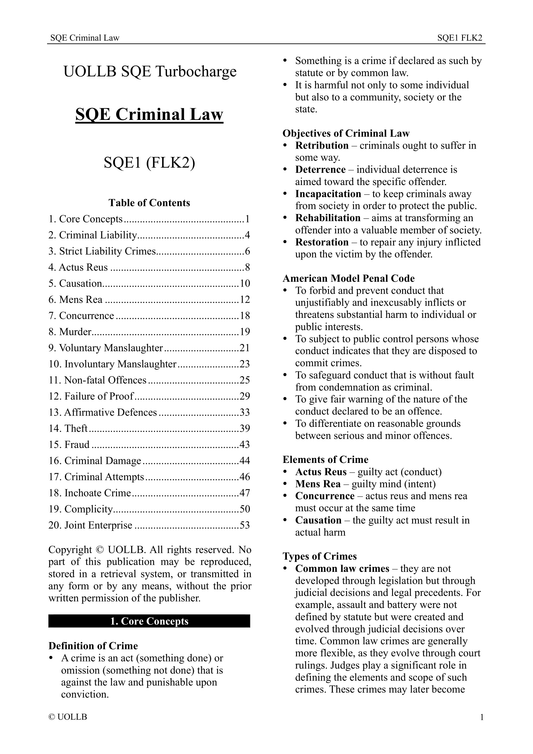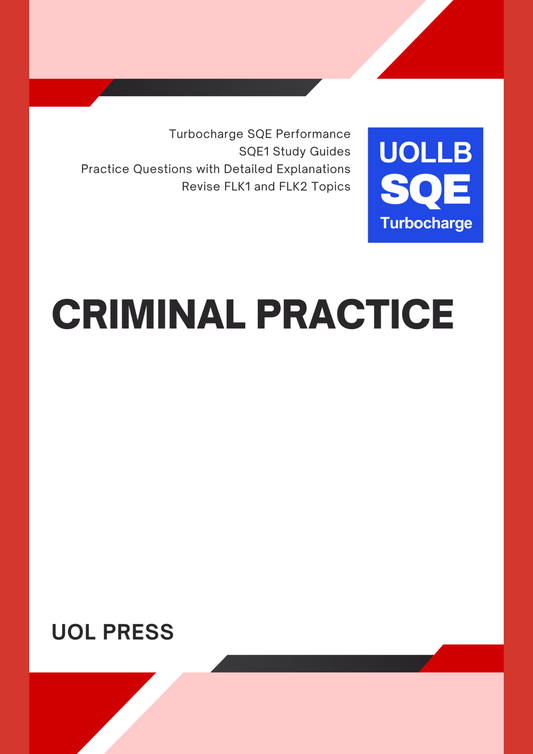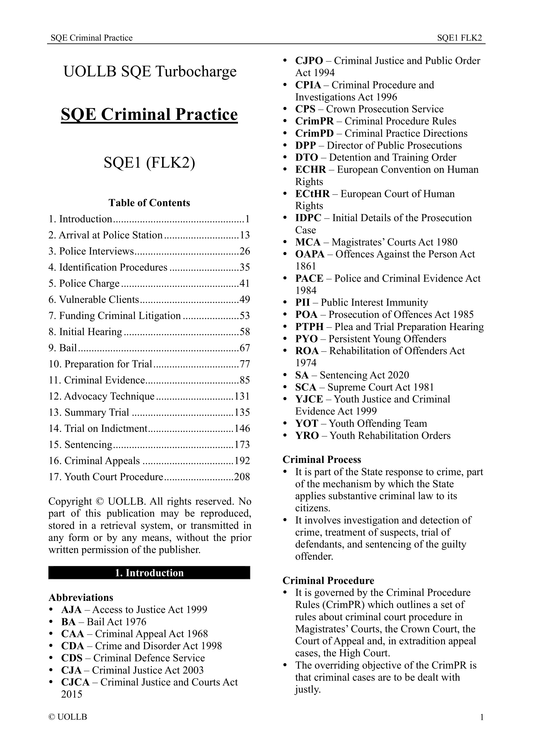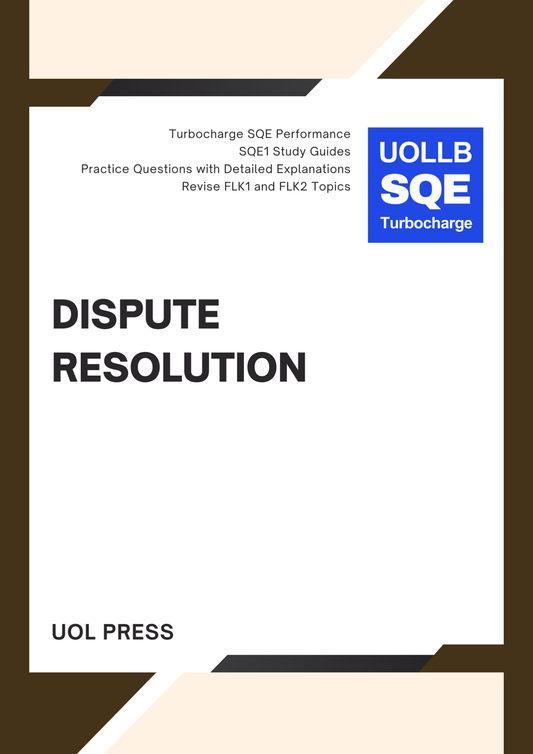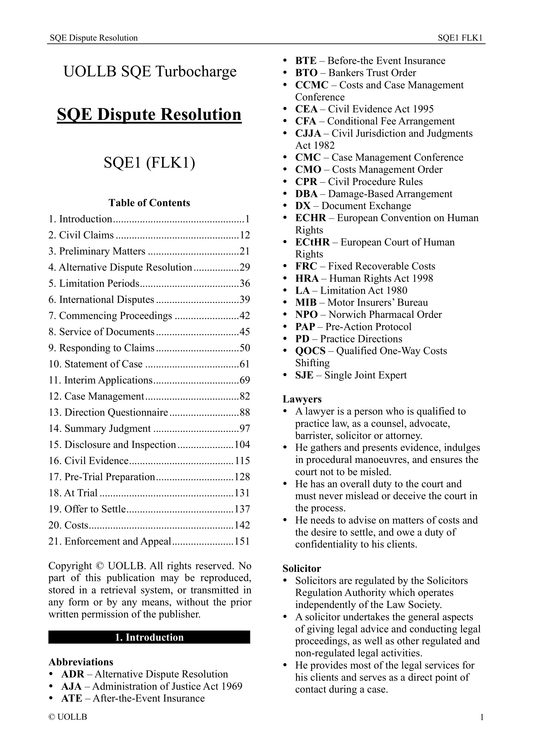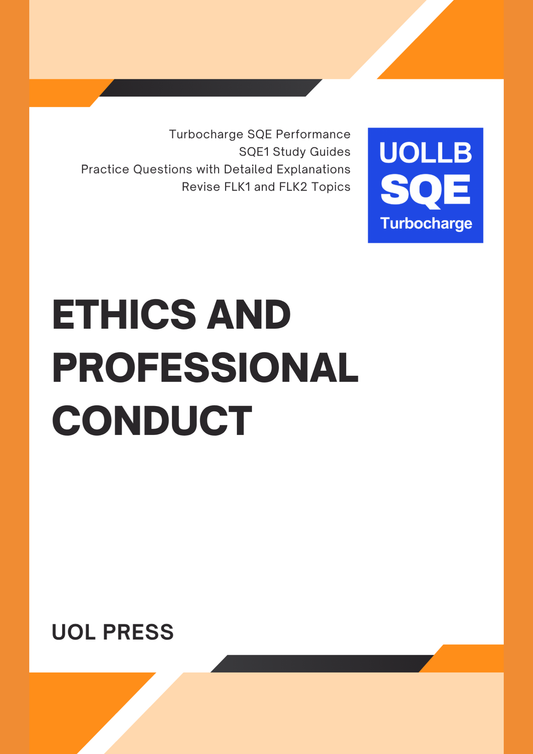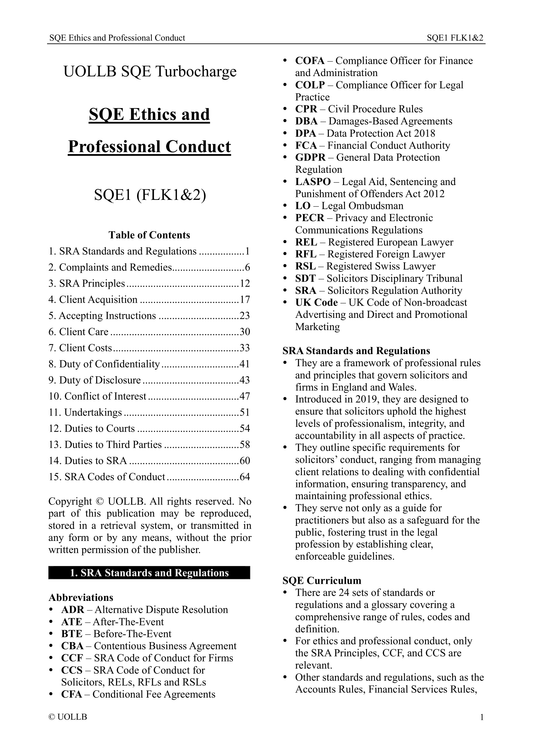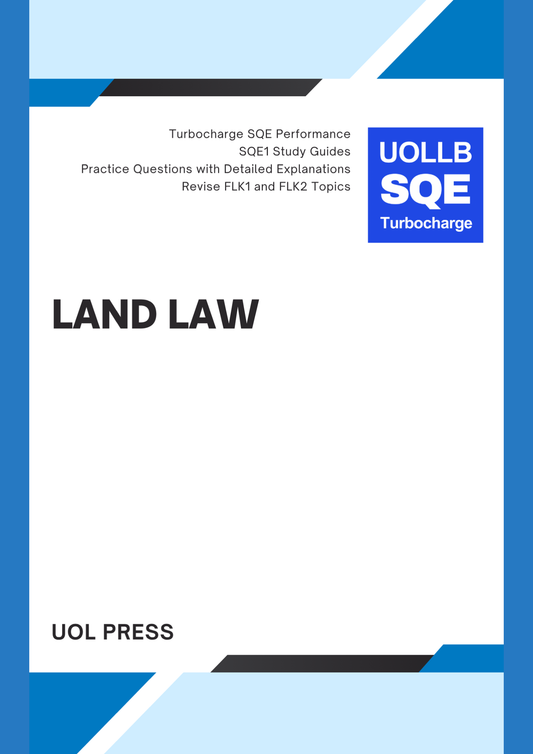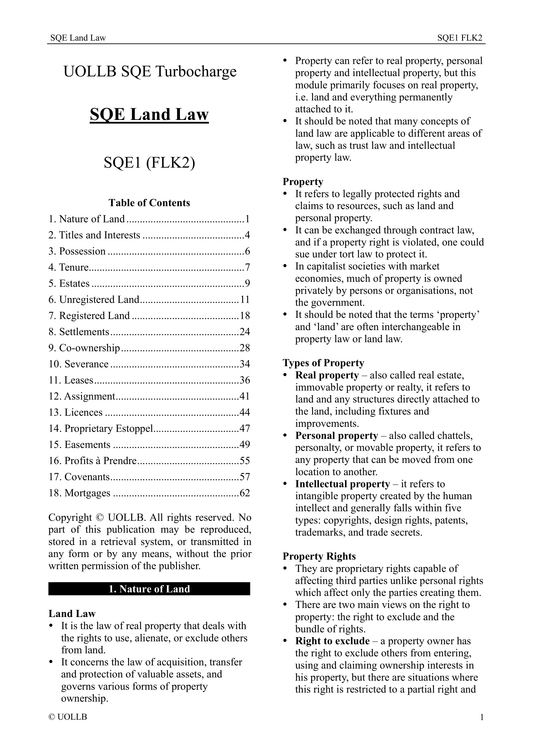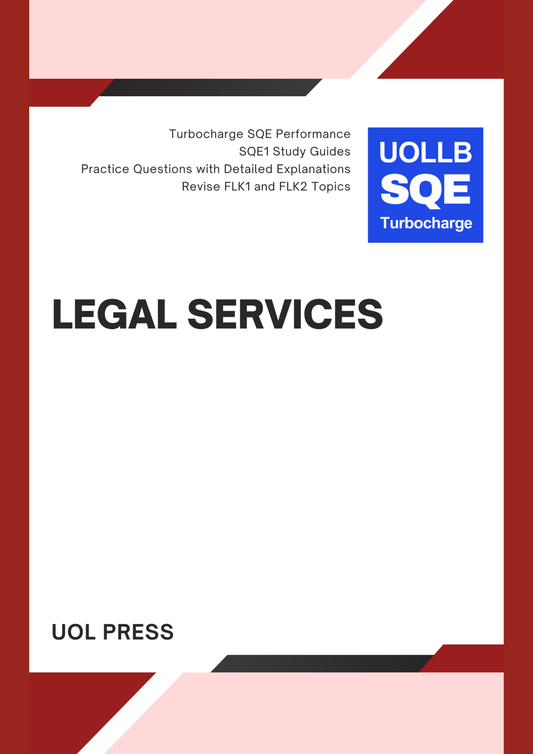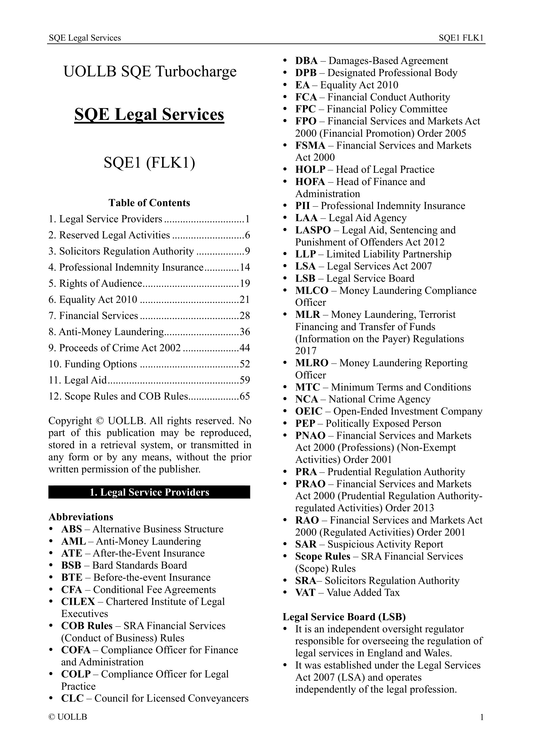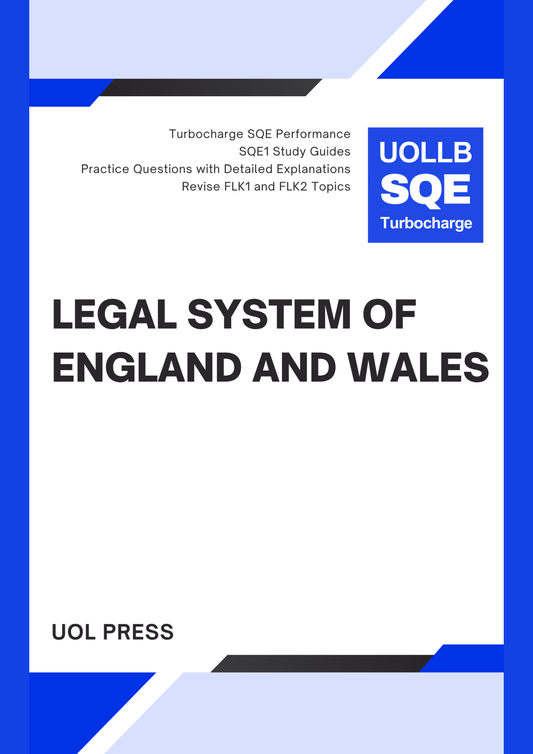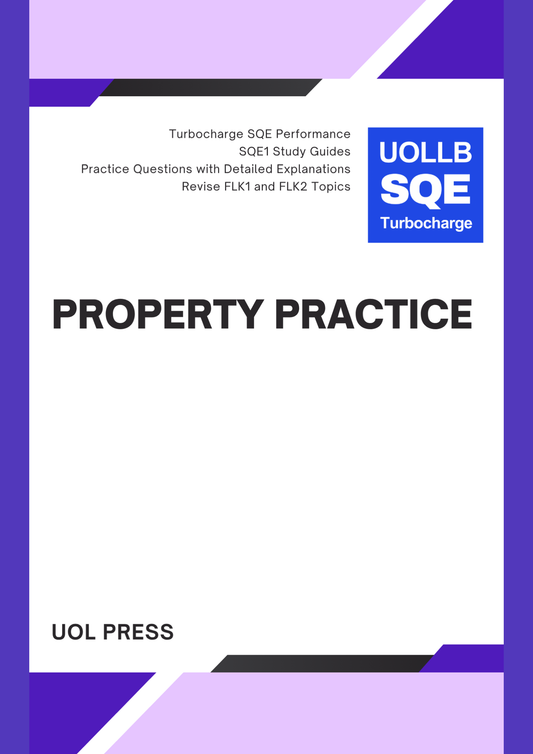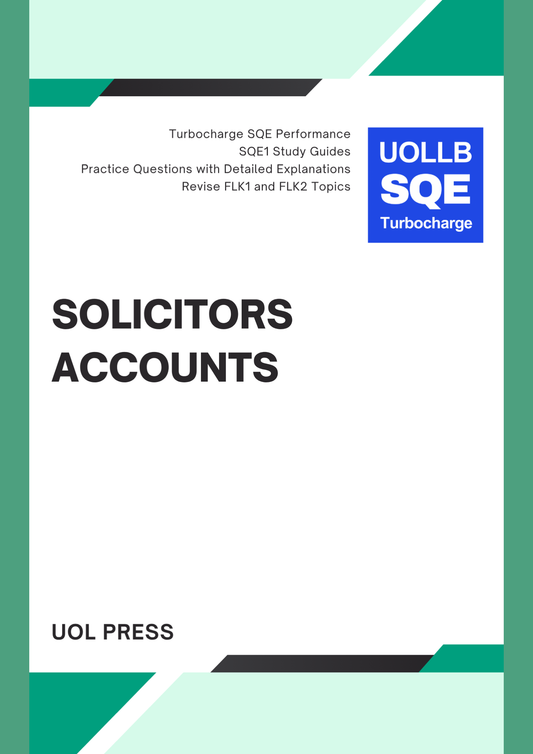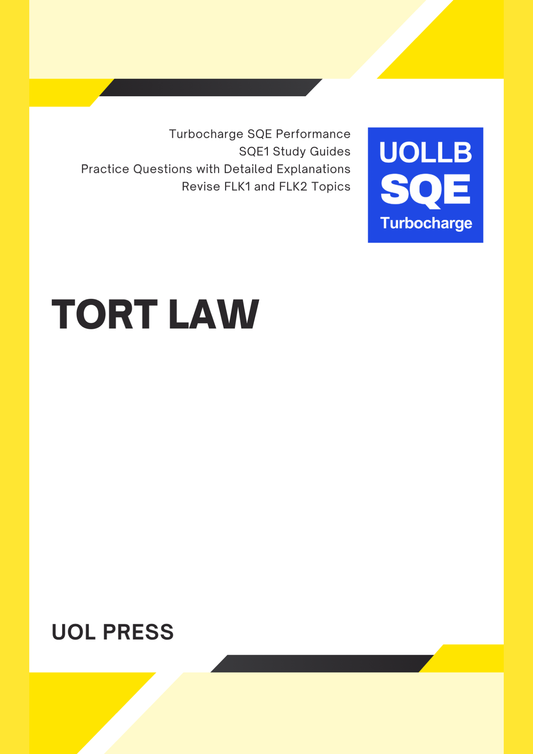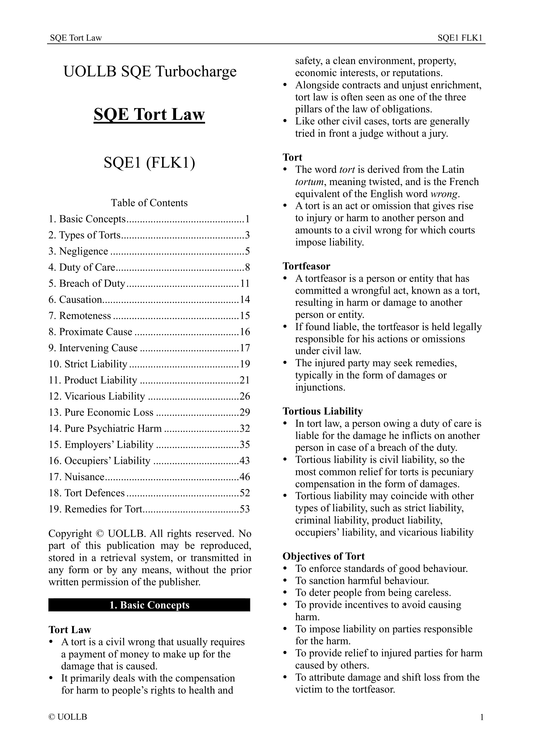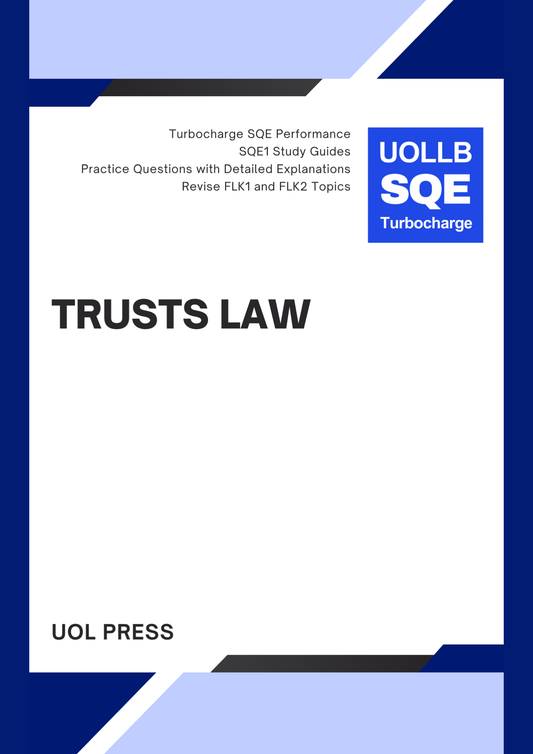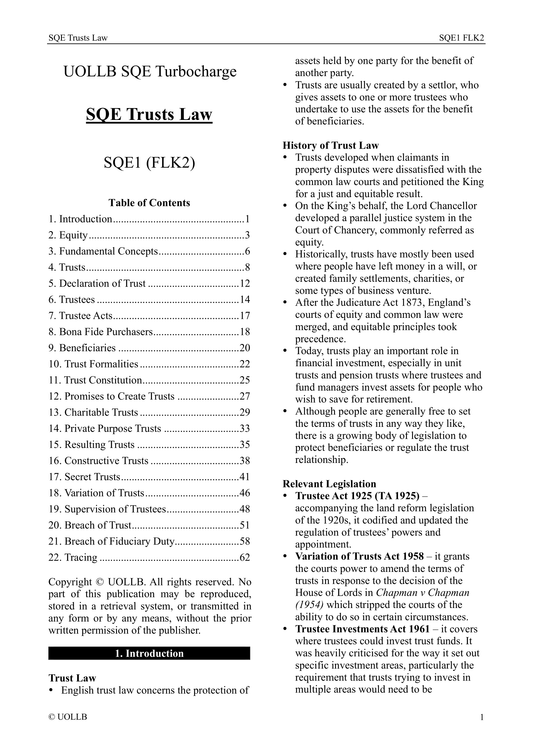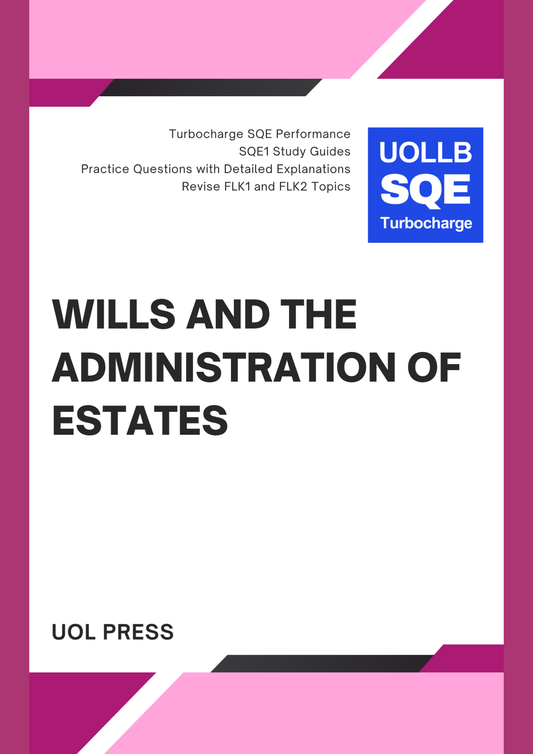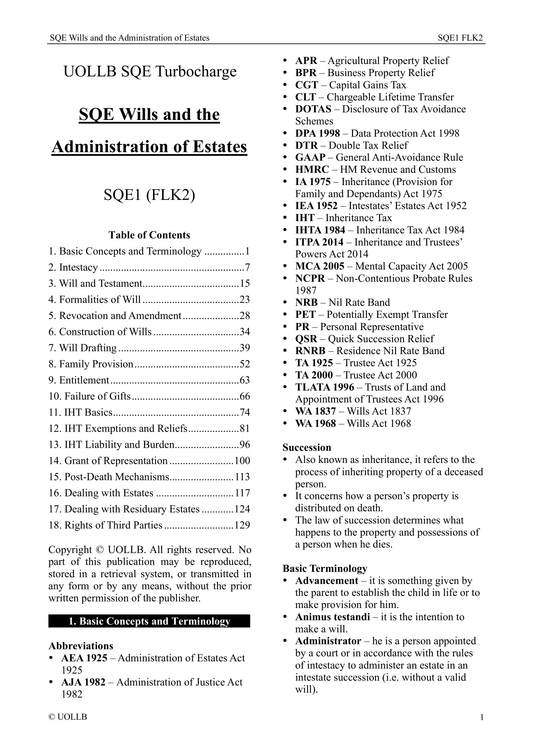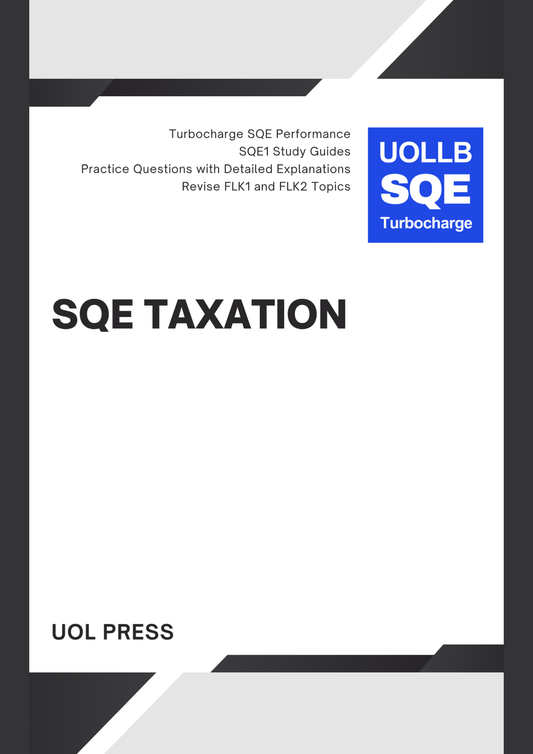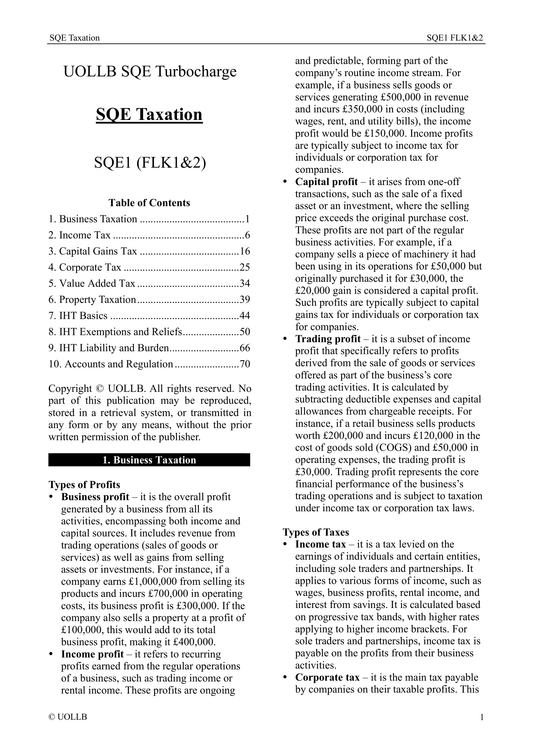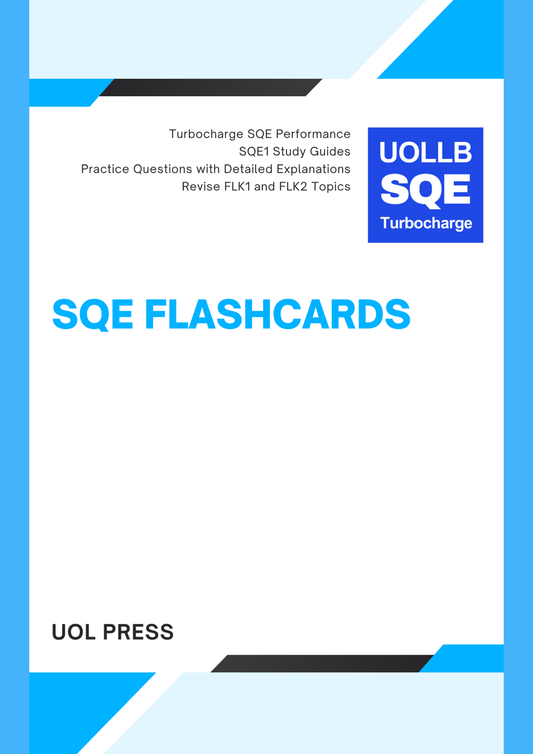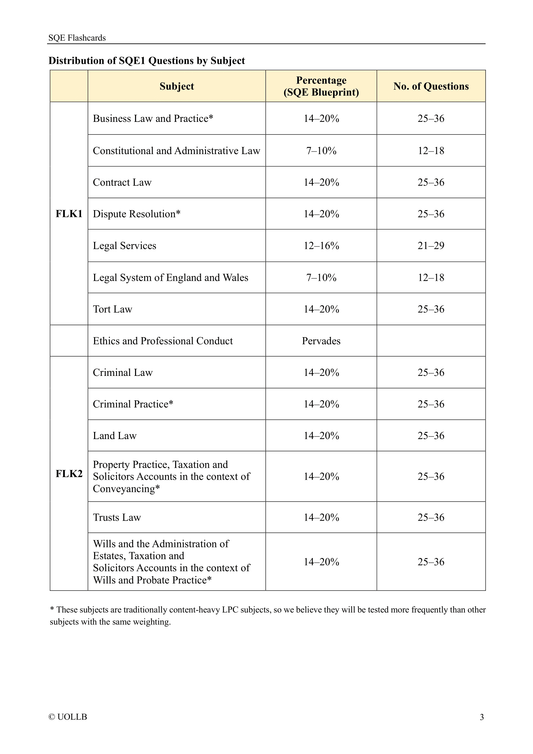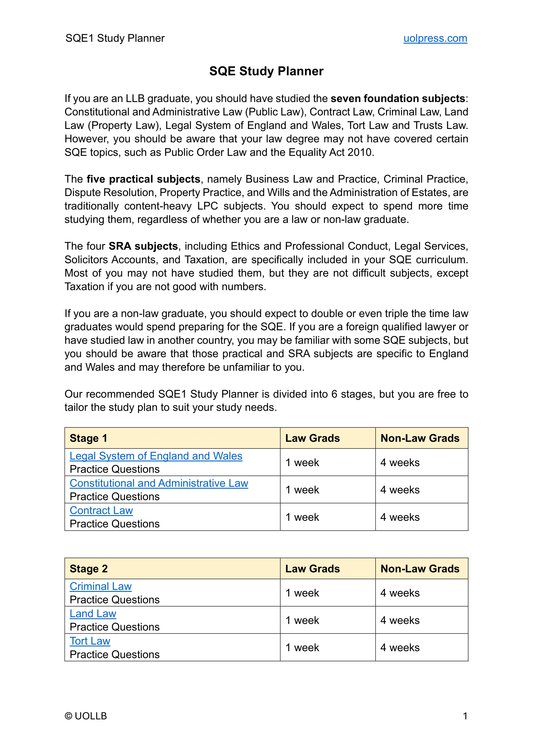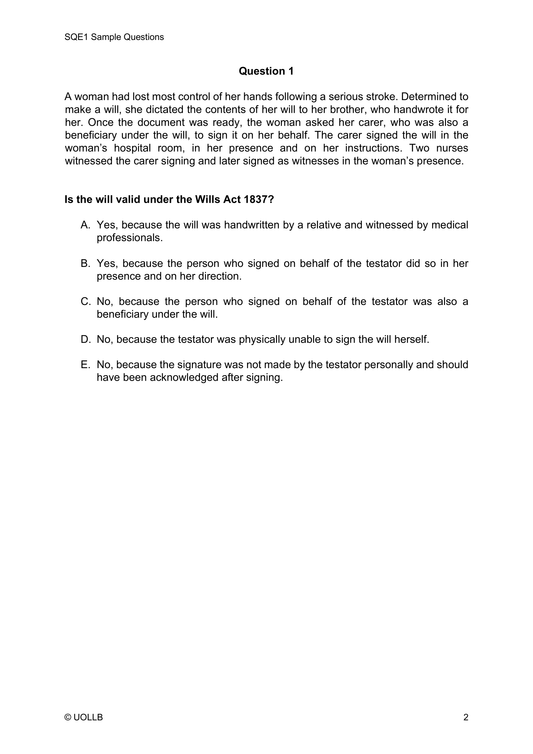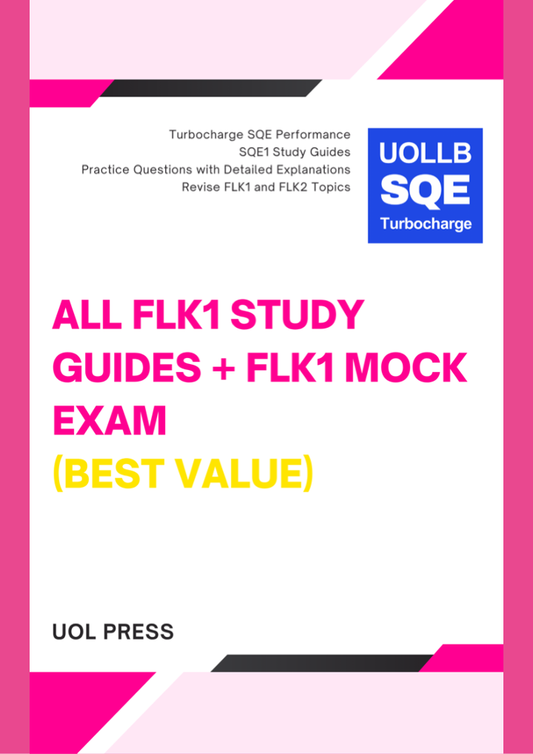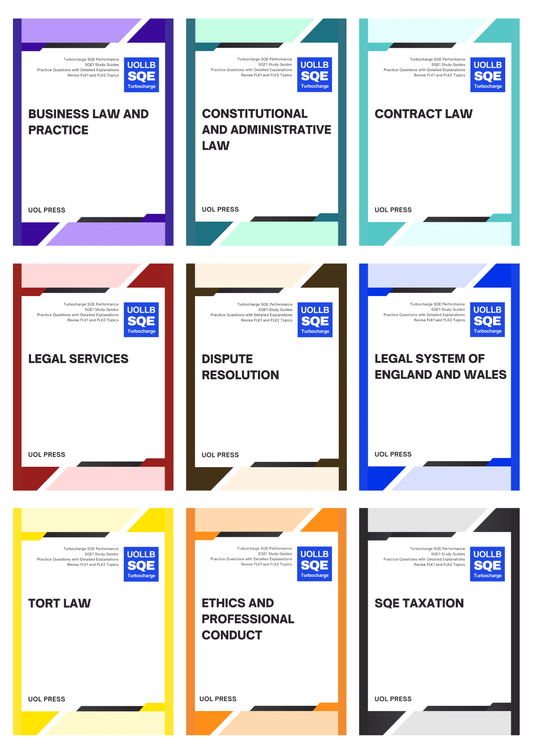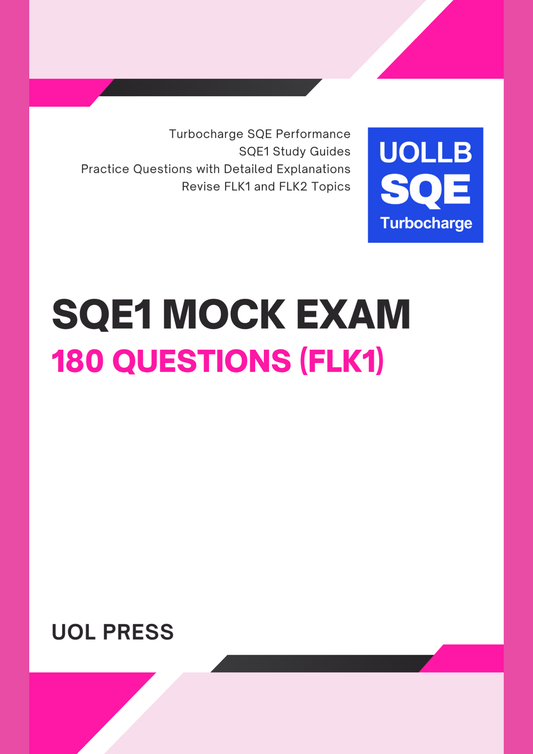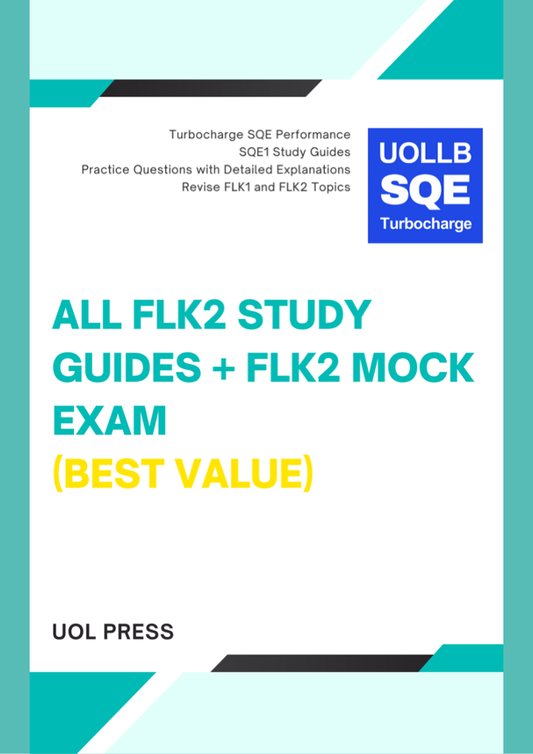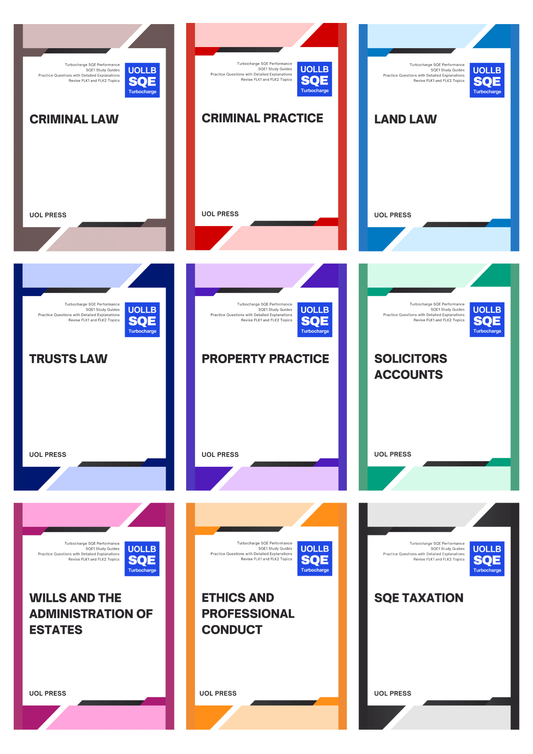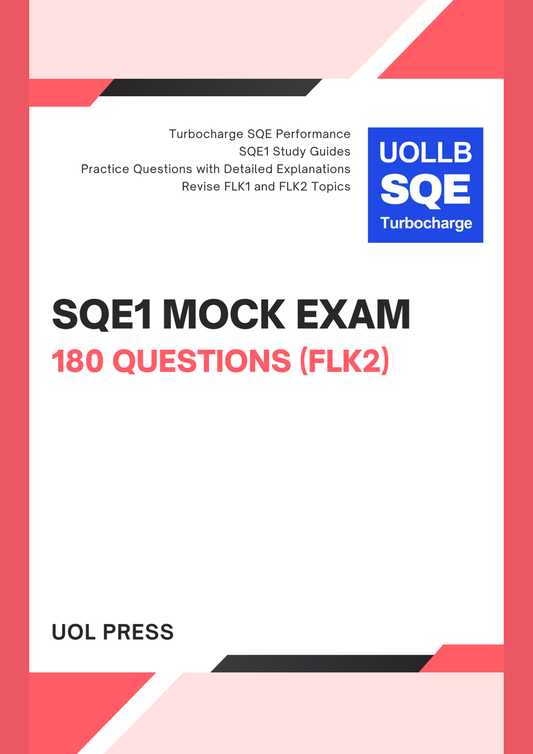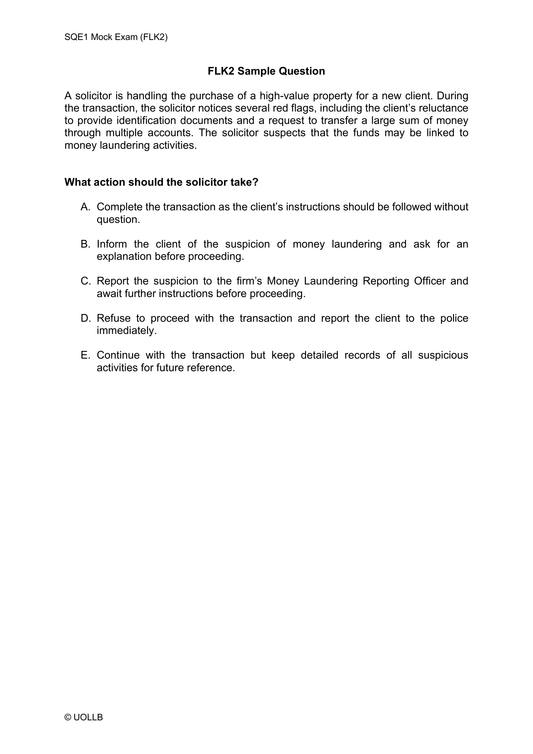SQE2 Client Interview and Attendance Note
Share
The SQE2 client interview is a practical skills assessment designed to evaluate a your ability to interact effectively and professionally with a client. It forms part of the broader exercise of Client Interviewing and Completion of Attendance Note/Legal Analysis, and it tests both interpersonal and analytical skills in a simulated legal context. The scenario begins with you receiving an email from a partner or a secretary, introducing the client and outlining the purpose of his visit in the context of Property Practice, and Wills and the Administration of Estates. This email may include documents and highlight specific legal issues that should be kept in mind during the interview and in the subsequent analysis.
You are given 10 minutes of preparation time to read the email and any accompanying documents. This is followed by 25 minutes to conduct the interview with the client, who is played by an assessor. The person acting as the client may or may not be in vulnerable circumstances. During the interview, you are not assessed on the application of the law but solely on the skills demonstrated. The primary aim is to establish a relationship of trust and confidence with the client. You should focus on listening attentively, asking effective questions, and responding appropriately to the client’s concerns. While it is not necessary to provide detailed legal advice at this stage, you are expected to address the client’s issues sufficiently to demonstrate engagement and understanding.
Key to success in the interview is the ability to make the client feel heard, respected, and supported. Communication should be clear, empathetic, and tailored to the client’s level of understanding. The interview is also an opportunity to demonstrate professional conduct, including courtesy, cultural sensitivity, and client-focused behaviour. It is essential to view the situation not merely from a legal standpoint but through the lens of the client’s personal and practical concerns.
After the interview, you are required to write an attendance note and legal analysis within 25 minutes. This handwritten document serves as a formal record of the meeting and demonstrates your ability to analyse legal issues and give preliminary advice. The attendance note should capture all relevant facts disclosed during the interview and provide a reasoned legal analysis, including identification and application of relevant legal principles. It should reflect the client’s goals and provide practical, client-focused advice.
In addition to recording the legal issues and the advice given, the attendance note should set out clear next steps, both for the solicitor and the client. It must also identify any ethical or professional conduct issues, such as confidentiality, conflicts of interest, or the client’s vulnerability, and explain how these should be handled. Where appropriate, the note may also include options for negotiation or alternative dispute resolution strategies. If the initial email flagged specific issues or questions to be addressed, the candidate should ensure these are dealt with clearly in the analysis.

